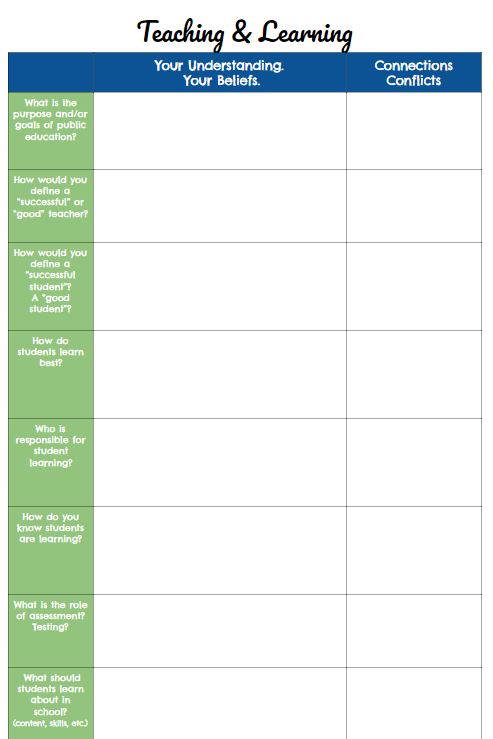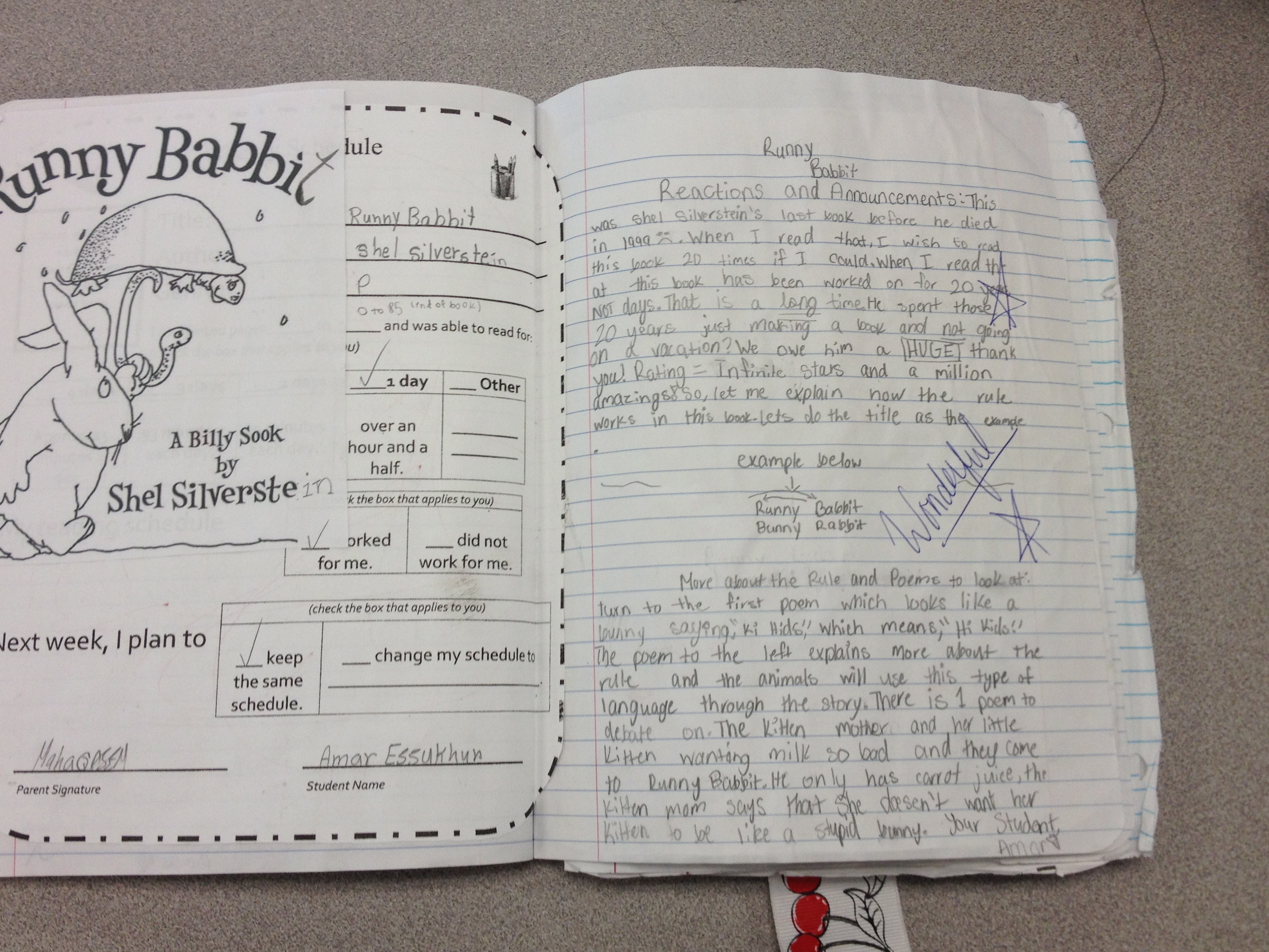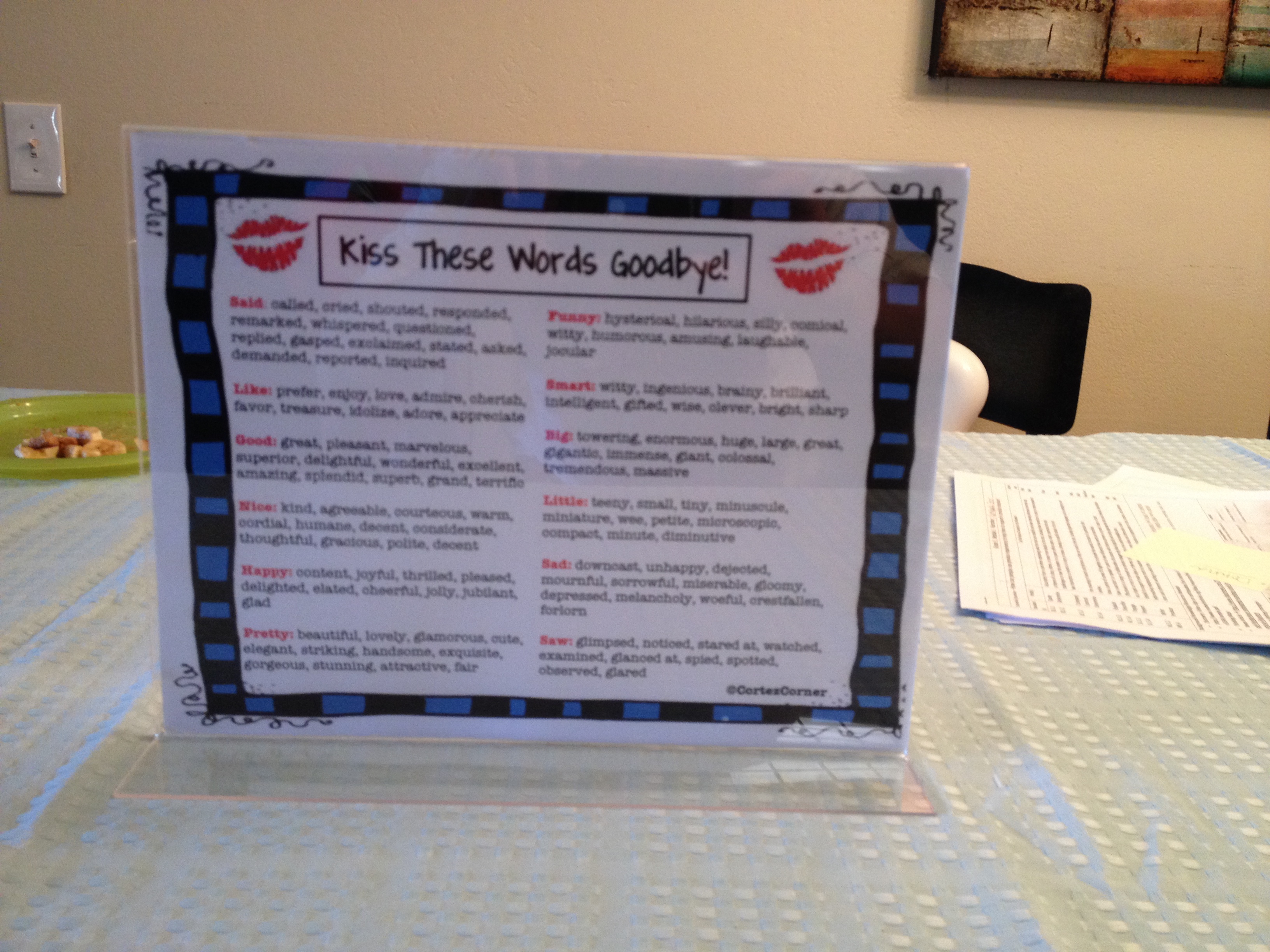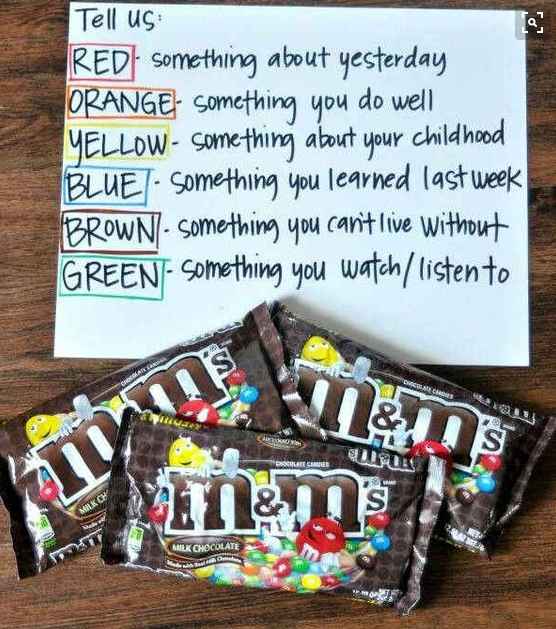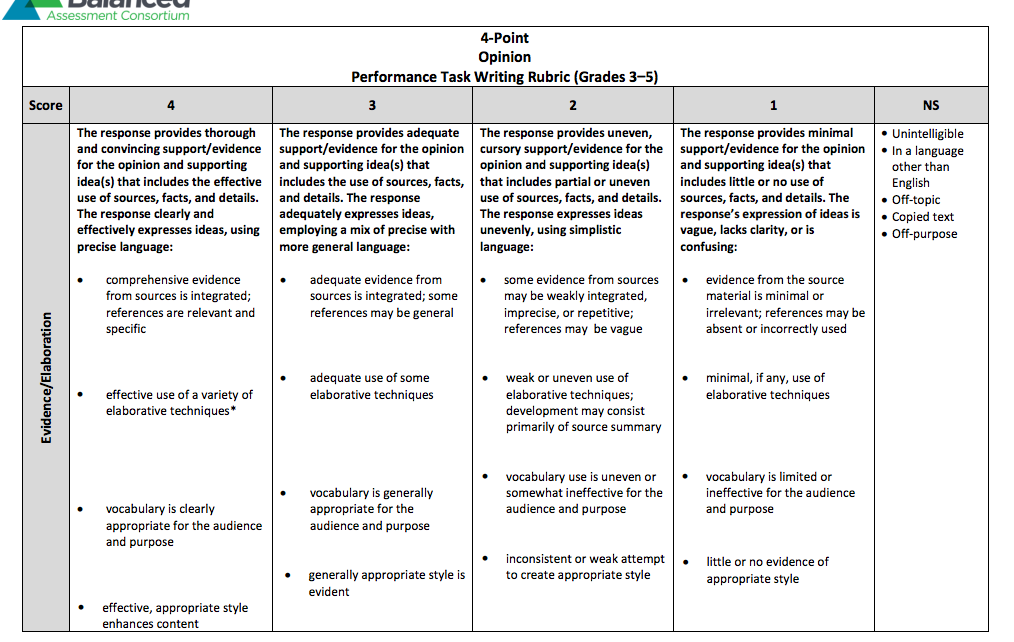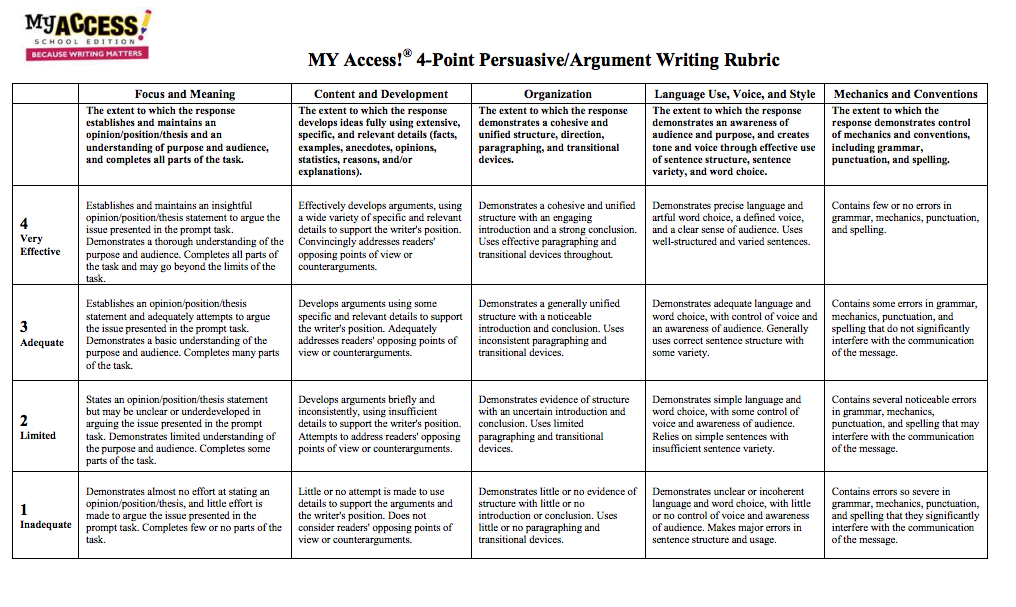
Tonight was the first class of the Spring semester. The decision was made to begin fully online until it was safe to return to campus. I will say, I miss in-person learning. The energy is just so different when you are sitting, staring at a bunch of screens. There is something to be said about body language, walking the room, MOVEMENT, for Pete’s sake! Overall, I thought the class went well. The first class is the get-to-know-yous and get-to-know-me as your professor. One of my main goals is that the students walk away excited for the semester. I do NOT want to add any more stress and anxiety to their lives. I hope they feel that.
These blogs will serve two purposes for me. One–it will be a vehicle for me to reflect on the class, what went well, what did not, how I could improve for next time, etc. And two, it will be a way for me to share my process, instructional decisions, and content for instructional design and educational assessment. My hope is that it may help other educators in Teacher Ed. Professors of teacher education programs are the ultimate believers in education. The whole reason I teach is because it fills me with great hope and deep joy. If we educators can connect through social media, share resources, and collaborate, I’m all in.
I linked the slides at the top of the blog. The sequence and flow went as follows:
- Prior to class, sent out a survey to learn more about each student and, most importantly, get songs for our class playlist. We need to stay awake here, people!
- What’s in a name? Discuss how critical it is that we take the time for the students to teach us how to say their name. I shared some beautiful picture books that help reinforce that concept with their students.
- About me… blah, blah, but they want to know who is teaching them.
- Students read some quotes about education and went into breakout rooms to discuss which quote resonated with them and why.
- Syllabus Dive! Because it has to happen. Although a couple of students did mention that they were the type of student that does not want to review the syllabus in the first class.
- Dance Break! Stand up and stretch. Totally necessary. I walked my house and kissed my kids good night.
- F.I.T. Activity: Students added a padlet their own words describing how they wanted to FEEL in this classroom? How do you want to INTERACT in this classroom? Finally, what TOPICS do you want to talk about in this classroom? (Thanks to @teachtothefull for the activity.)
- Belief Based Teaching: Too often, we here the phrase “standards based teaching”. Not to say that there is anything wrong with standards based teaching. In fact, I am a proponent of it. However, before you study and understand the standards, you must study and understand your own beliefs about education. I created a Teaching and Learning document to help probe some thinking. Some questions were ‘What is the purpose of education? Who is responsible for the learning in the classroom? What is the role of assessment? Of testing? How would you define a “good” student?
- Think-Write-Share: After they had some time to write on their own, they went into breakout rooms to share their thoughts. Students could and should add to their own document based off the discussions taking place. For homework, they will be reading the ELA/ELD framework and some other articles to help them think deeper and more explicitly on the questions. This document will be used as a tool to craft the Teaching and Learning Statements later in the course.
- Last, but not least, they took a diagnostic assessment. I explained that this information was for me, to help me better plan for their learning. And to be honest, after reading through some of their response, I can see that some students already know some of this content. If I had never given the preassessment, I might have falsely concluded that I taught them well–never knowing that they knew this information BEFORE they even walk through the door. I just cannot stress the importance of a preassessment enough.
I am looking forward to learning more from these students. Each semester I teach, I grow more hopeful for this profession and for the future of public education.
